
Teething refers to erupting or breaking of teeth from the baby’s gum line. It is also known as odontiasis. They may be cranky and also painful when the teething starts but don’t be worried as it will be okay in a few days. Some may not even feel a little bit of pain.
When do the baby teeth erupt?
The emergence of the teeth varies for every single child. Here is a general scheme/timeline for the teething practices of the infant.
Babies will start touring the world with their mouth when they are around 3 months old. The first tooth will erupt from the gum line in the month of 6 approximately.
Nevertheless, there may be some babies whose first tooth grows slowly, around 12 to 14 months. Also, there are babies who have their teeth early.
The first pair of teeth that erupts is known as central incisors, which looks simply pretty. Then your baby will get the central incisors, which erupt from the upper front part. Following these, the next pair of teeth will sprout on either side of the central incisors which are called the lateral incisors.
Your baby will then have his/her first molars as soon as he/she is one and above. Then in the month of 16 and above, he/she usually gets his/her canines which will be sharp and pointing. Finally your baby will gets his/her second molars between the age of 2-3 years.
In most cases, 20 primary teeth will be in place when a baby is 3 years old.
How can you know if your baby has cutting teeth?
When the teeth start to break through the gums, kids show various signs indicating the teething process. However, many parents often confuse teething symptoms with mild illnesses that are common in infanthood.
For instance, babies can be more disturbed and irritated because of their teething pain, which may make them cry more than usual.
Here are the most common subjective evidence that indicate the eruption of teeth inside your little champ’s mouth:
1) Drooling
Drooling means excessive spittle (saliva). Saliva will be increased temporarily when teeth erupt so that babies drool excessively in this stage. You should wipe it properly else rashes around the baby’s mouth, chin, and cheeks will form. You can use clean cotton cloths and wipe often. Using bibs will also help you to avoid infections.
2) Sleeplessness
Many infants feel discomfort in sleeping and stay insomnia at night times than the usual days they sleep due to the pain. Applying pressure on gums helps babies to soothe their pain and give them additional snuggles with the regular routine.
3) Gnawing
During teething, your baby may gnaw and chew many things, like toys, fingers, or even the nipples (if a breastfeeding infant). No need to fret about it, as it will reduce the irritation.
You can also provide the frozen solid which helps them to feel comfort.
4) Low-grade temperature
Teething can elevate the body temperature of an infant, but to a modest level only. It is called teething fever.
Don’t worry. It is not considered as an actual fever because the body temperature will increase between 99.5 and 102.2 degrees. You may shower your baby with warm water. If you have noticed the temperature above it, consider seeing the doctor.
5) Swollen gums and flushed cheeks
Inflammation in gums is a part of swelling. It makes the kids rub gum tissues frequently. Flushed cheeks are also the symptoms of teething.
Massaging your baby’s gums can help them soothe their pain; you can also offer teething rings that are not frozen.
Ways to make teething easier and soothe
- Simply rub your baby’s gums with your clean fingers.
- Give babies some things or baby teethers (teething rings), which help relieve the pain during teething.
- Wipe your baby’s face, cheeks, chin, and neck to avoid rashes due to excessive drooling.
- You can provide frozen solids such as bananas, carrots, and apples. Be careful that those foods should not hurt your baby.
- Cuddling and rocking help a lot during teething.
- You can try over-the-counter remedies such as acetaminophen (Tylenol, others) or ibuprofen (Advil, Children’s Motrin, others), which might help your babies feel better.
Bottom line
Some of the baby milestones you’ll be foreseeing and adoring include seeing your baby sprout with his/her first tooth and flashing those endearing toothy grins. Teething is the phase where that treasure is going to bloom sooner. In the meantime, constantly intensifying mild pain when a tooth breaks through the gum.
So every parent should aware of teething symptoms. Besides indicating the growth of teeth in your toddler’s mouth, these signs will help you to indulge in activities to soothe teething pain in babies as well.

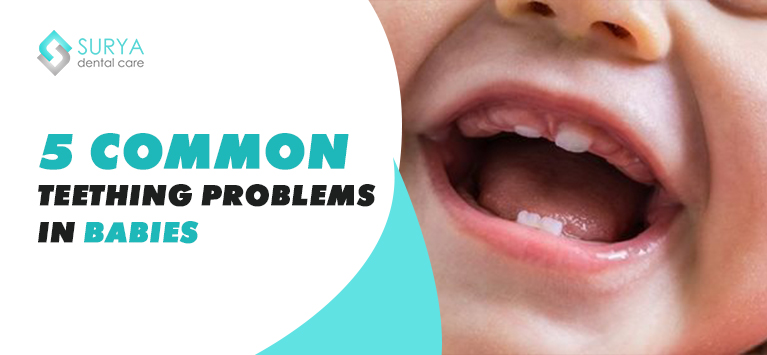




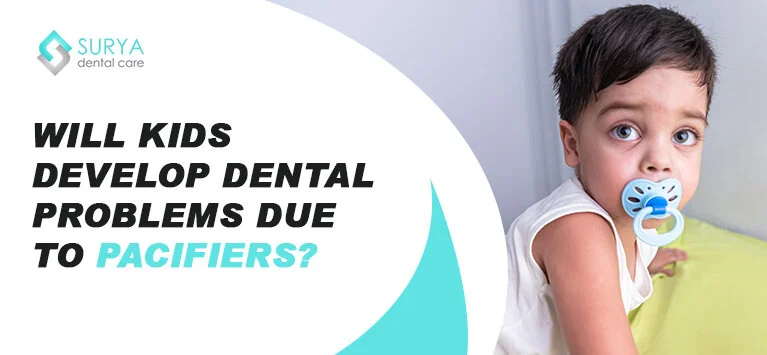
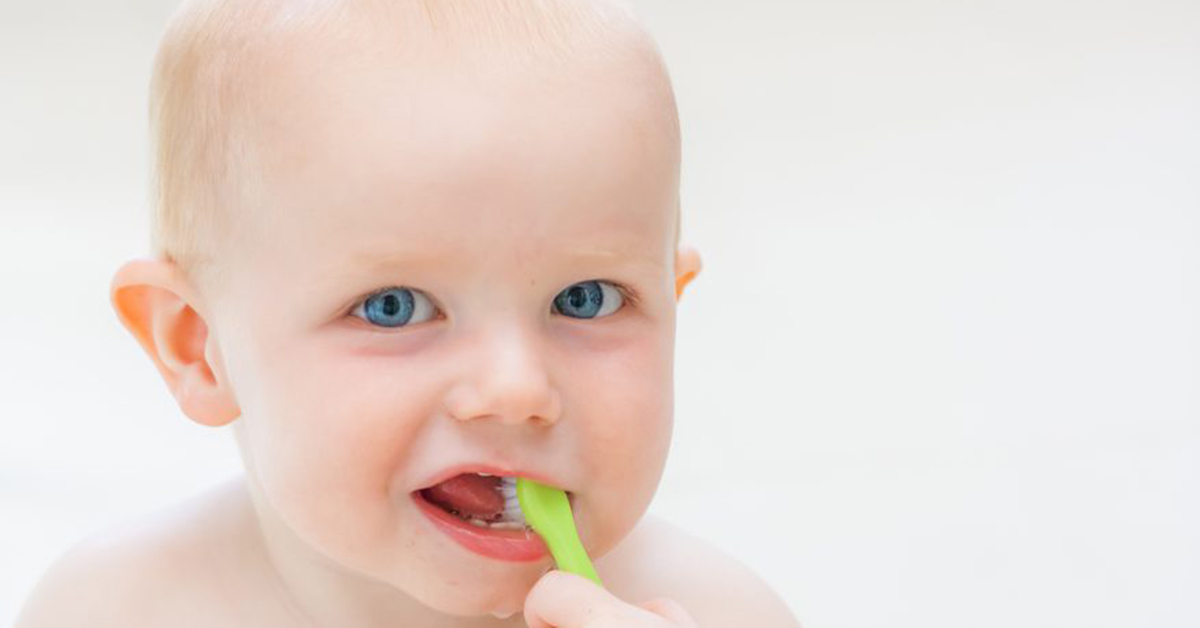
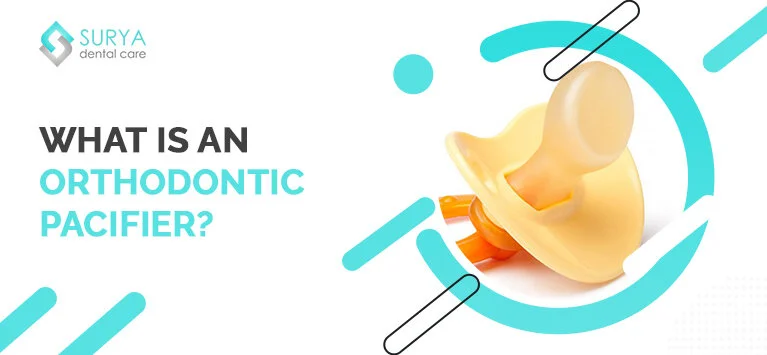
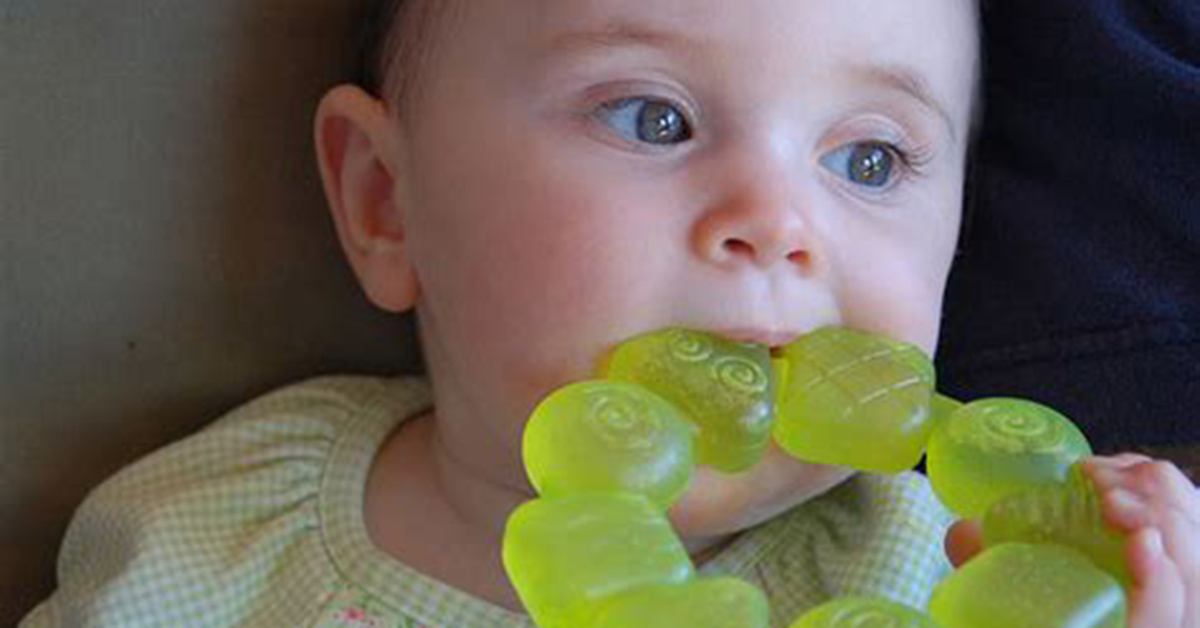

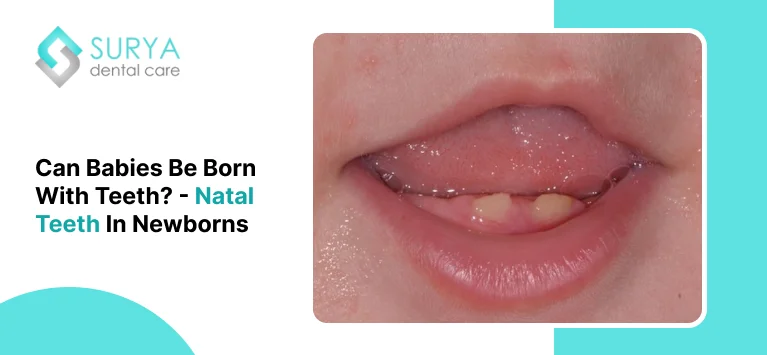
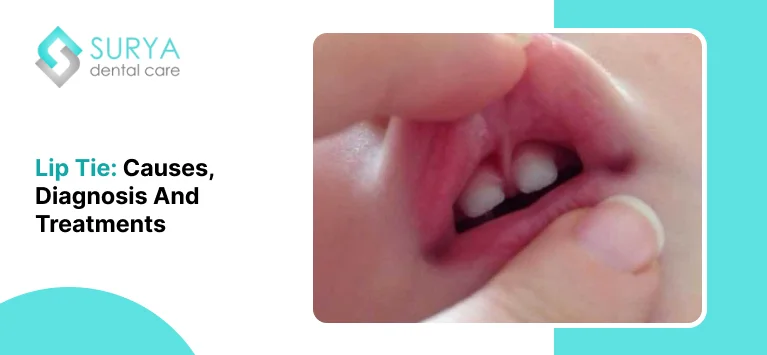
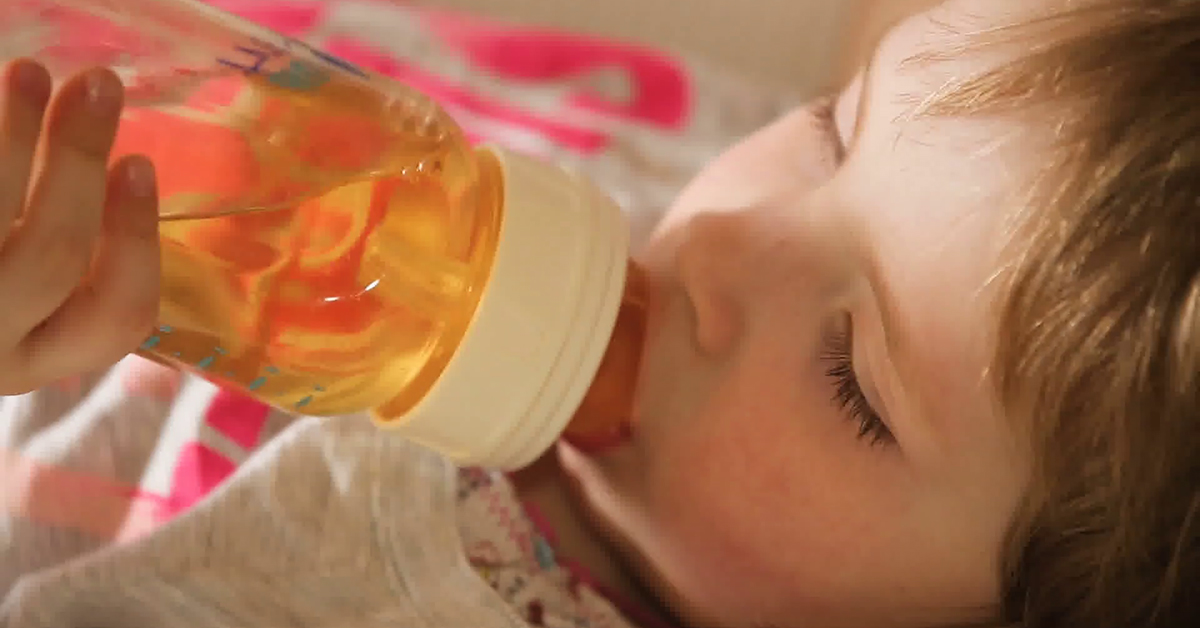
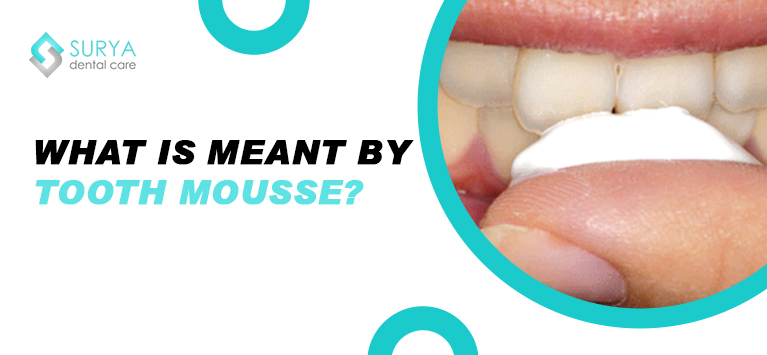
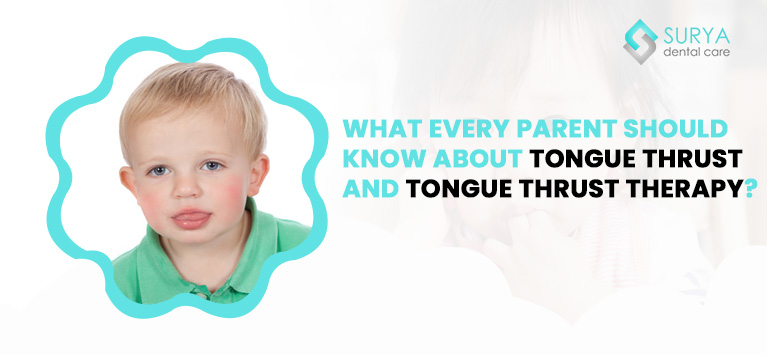
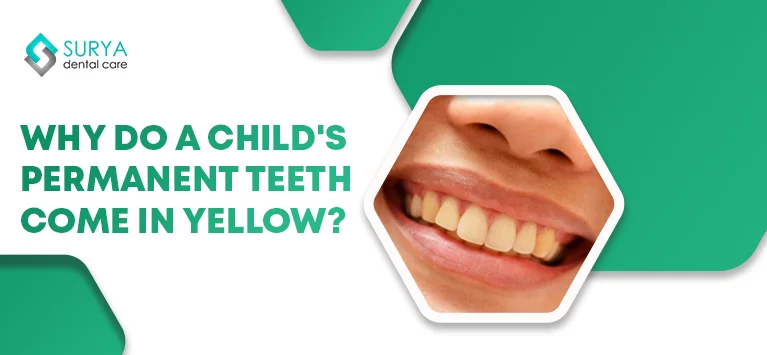
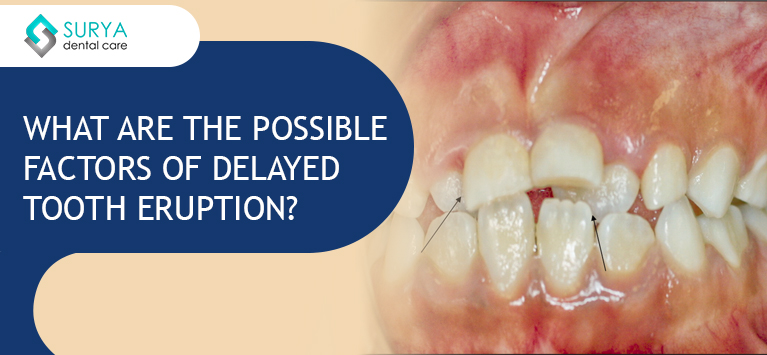
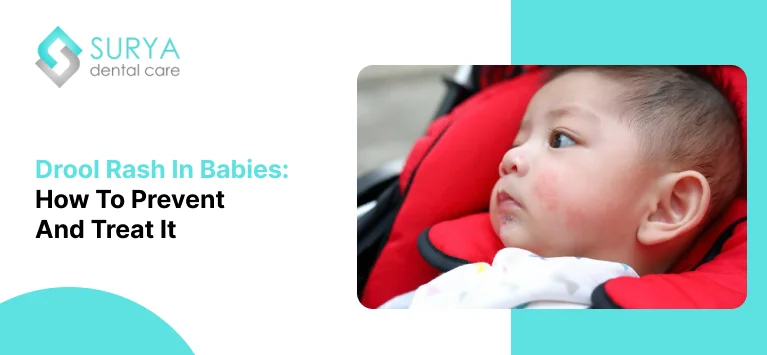
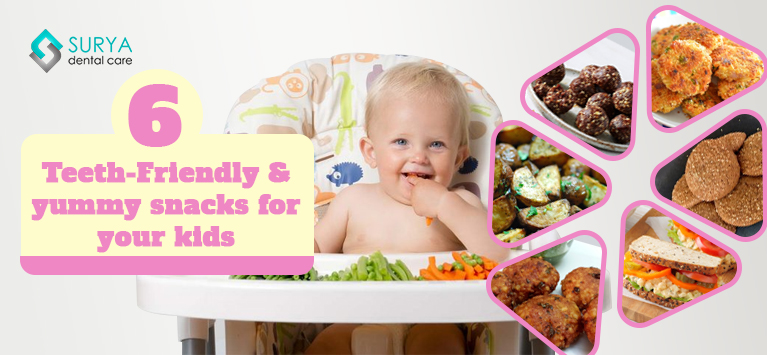



Leave a Comment